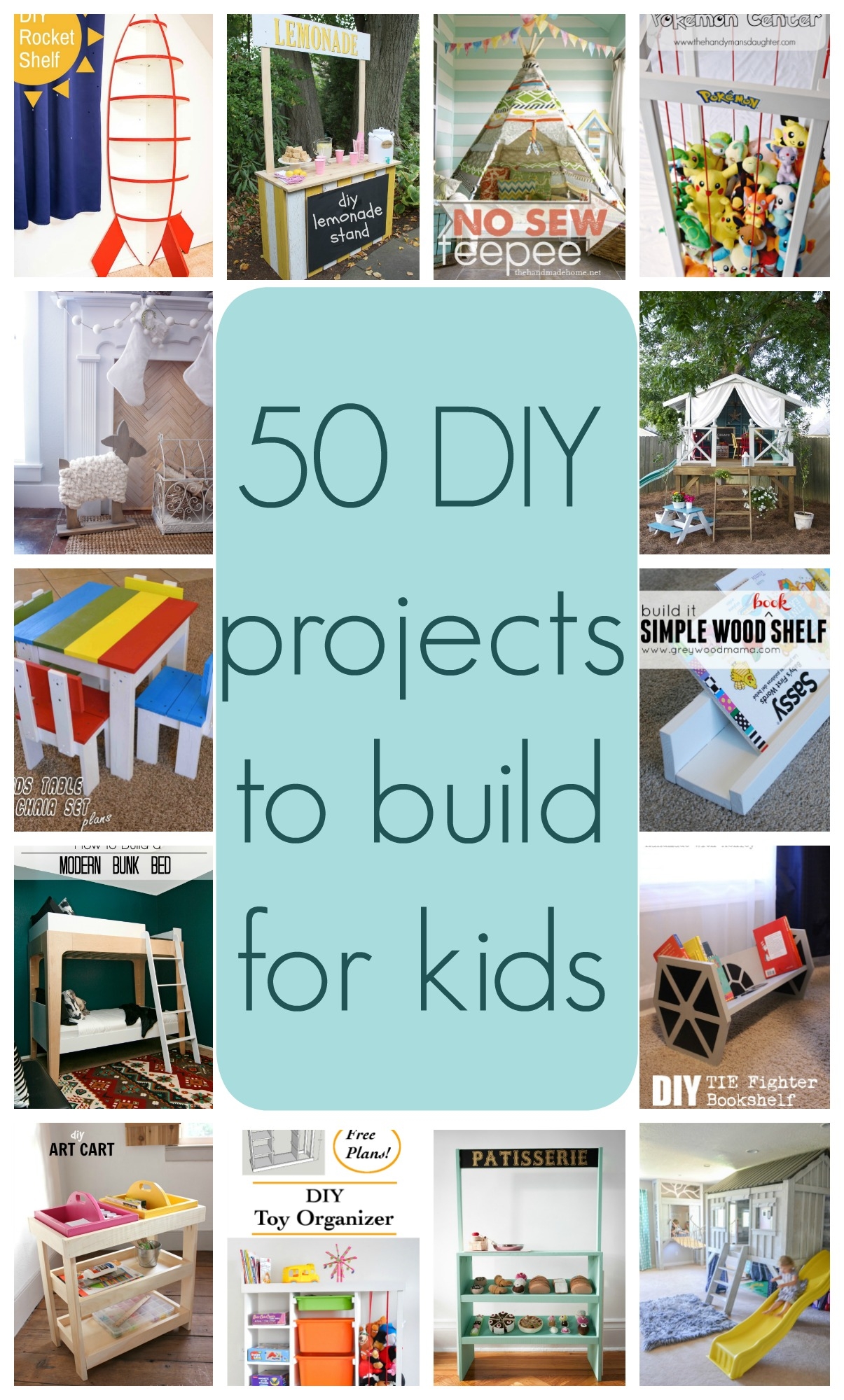 genius.com
genius.com Introduction: Building Your Own DIY Aero Boat
Want to experience the thrill of gliding across the water with a custom-built aero boat? This step-by-step guide will walk you through the process of creating your own lightweight and fun personal watercraft. Keep in mind that safety is paramount. Always wear appropriate safety gear, including a life vest, and operate your aero boat in a safe and controlled environment. This project requires mechanical aptitude and familiarity with tools.
Step 1: Planning and Design
Before you start cutting and assembling, you'll need a solid plan. Consider the following: Size and Capacity: How big do you want your aero boat to be? How many people should it carry? This will dictate the dimensions of your hull. Materials: Common materials include plywood (marine-grade is best for water resistance), aluminum for framing and support, and durable fabrics for the air skirt. Engine and Propeller: Choose an engine based on the size and weight of your boat. A small gas engine (e.g., a lawnmower engine) is a popular choice. Select a propeller that matches your engine's power and intended use. Steering System: Decide on a rudder system for steering. Simple hinged rudders are effective for basic aero boats. Air Skirt Design: Research different air skirt designs. A well-designed air skirt is crucial for lift and performance. Sketch out your design, including dimensions and component placement. Gather all necessary materials and tools. Safety goggles, gloves, and ear protection are a must.
Step 2: Building the Hull
The hull is the foundation of your aero boat. Cut the Plywood: Cut the plywood according to your design. Accurate cuts are essential for a strong and stable hull. Assemble the Hull: Use epoxy resin and screws to assemble the hull sections. Ensure all joints are watertight. Reinforce the Hull: Add internal supports and framing to reinforce the hull and prevent flexing. Aluminum tubing can be used for this. Seal the Hull: Apply multiple coats of marine-grade sealant to the entire hull to prevent water damage.
Step 3: Constructing the Air Skirt
The air skirt is what allows your aero boat to float on a cushion of air. Cut the Fabric: Cut the fabric for the air skirt according to your design. Durable, waterproof fabric is essential. Sew the Skirt: Sew the fabric sections together to form the air skirt. Reinforce seams for durability. Attach the Skirt: Attach the air skirt to the hull. Use strong adhesive and mechanical fasteners (e.g., rivets) to ensure a secure connection. Inflation System: Incorporate a system to inflate the skirt. This can involve a dedicated blower fan powered by the engine or a separate small electric pump.
Step 4: Installing the Engine and Propeller
The engine and propeller provide the thrust to propel your aero boat. Mount the Engine: Securely mount the engine to the hull using a strong engine mount. Ensure proper alignment for efficient power transfer. Connect the Propeller: Connect the propeller to the engine shaft. Use a propeller guard to protect yourself and others from the spinning blades. Throttle Control: Install a throttle control system that allows you to adjust the engine speed. Fuel System: Install a fuel tank and connect it to the engine according to the engine manufacturer's instructions. Ensure proper ventilation and safety precautions are in place.
Step 5: Adding the Steering System
The steering system allows you to control the direction of your aero boat. Rudder Construction: Build the rudders from plywood or aluminum. Hinged rudders are a simple and effective design. Mounting the Rudders: Mount the rudders to the stern of the hull. Ensure they can pivot freely. Steering Linkage: Connect the rudders to a steering mechanism. This can be a simple lever or a more complex cable-operated system. Test the Steering: Test the steering system to ensure it functions smoothly and provides adequate control.
Step 6: Final Touches and Testing
Before hitting the water, there are a few final steps. Seating: Install a seat or seats for the operator and passengers. Safety Features: Add safety features such as a kill switch (to quickly shut off the engine), a fire extinguisher, and grab handles. Testing: Test your aero boat in a safe and controlled environment. Start slowly and gradually increase speed. Check for leaks, stability issues, and steering responsiveness. Adjust as necessary. Refinement: Based on your testing, make any necessary adjustments or improvements to your design.
Conclusion: Enjoy Your DIY Aero Boat
Building your own aero boat is a challenging but rewarding project. With careful planning, attention to detail, and a commitment to safety, you can create a unique and exciting watercraft. Remember to always prioritize safety and operate your aero boat responsibly. Have fun and enjoy the thrill of gliding across the water in your homemade creation!
[hip/hop] Aer
![[hip/hop] aer](https://i0.wp.com/i0.wp.com/themusicninja.wpengine.com/wp-content/uploads/2012/06/20120626-214616.jpg) www.themusicninja.com
www.themusicninja.com Aer Lyrics, Songs, And Albums
 genius.com
genius.com Aer
 genius.com
genius.com  rare-gallery.com ```html
rare-gallery.com ```html  hnhqship.en.made-in-china.com
hnhqship.en.made-in-china.com  gospelboat.en.made-in-china.com
gospelboat.en.made-in-china.com  www.diamondwoodchina.com ```html
www.diamondwoodchina.com ```html  finland-wood.com
finland-wood.com  finland-wood.com
finland-wood.com  www.redefiningthefaceofbeauty.com ```html
www.redefiningthefaceofbeauty.com ```html  www.essence.com
www.essence.com  theimpression.com
theimpression.com  www.pinterest.es
www.pinterest.es  www.worldmap1.com
www.worldmap1.com  pluspng.com
pluspng.com  coastalengineeringcompany.com
coastalengineeringcompany.com  boatplansfreeguide.blogspot.com
boatplansfreeguide.blogspot.com  dwr.virginia.gov
dwr.virginia.gov  www.discoverboating.com ```html
www.discoverboating.com ```html  www.boatingmag.com
www.boatingmag.com  www.pexels.com
www.pexels.com  d27ze05algd7ka.cloudfront.net
d27ze05algd7ka.cloudfront.net  images-of-elements.com
images-of-elements.com  at-machining.com
at-machining.com  ar.inspiredpencil.com
ar.inspiredpencil.com  www.destinationevents.net
www.destinationevents.net  storage.googleapis.com
storage.googleapis.com  morningchores.com ```html
morningchores.com ```html  therectangular.com
therectangular.com  treatmanual.blogspot.com
treatmanual.blogspot.com  www.woodenboat.com
www.woodenboat.com  www.pinterest.dk
www.pinterest.dk  www.woodenboat.com
www.woodenboat.com